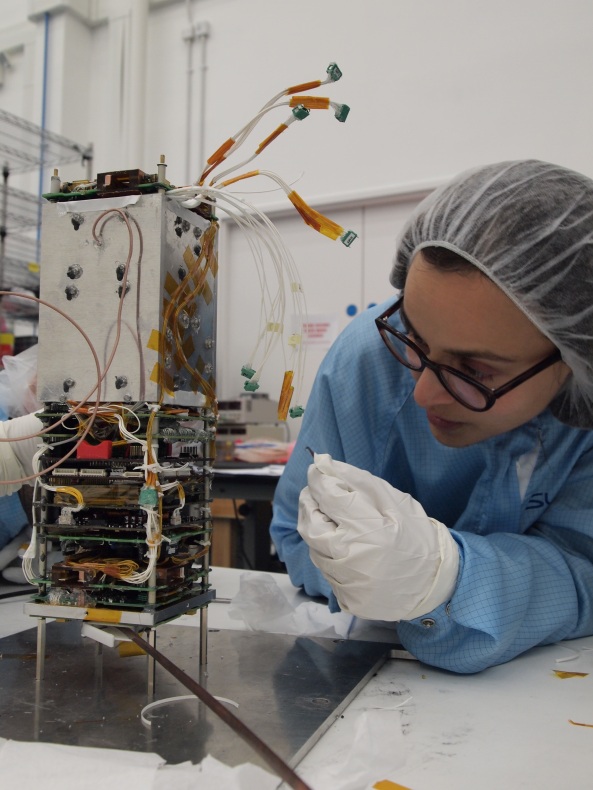The CubeSats are:
• Pico Dragon developed by the Việt Nam National Satellite Center (VNSC), University of Tokyo and IHI aerospace.
437.250 MHz CW beacon and 437.365 MHz 1200 bps AFSK AX.25 telemetry.

• ArduSat-1 developed by NanoSatisfi. 437.325 MHz 9k6 MSK CCSDS downlink.

• ArduSat-X developed by NanoSatisfi. 437.345 MHz 9k6 MSK CCSDS downlink .
• TechEdSat-3 developed by interns at the NASA Ames Research Center. 437.465 MHz 1200 bps packet radio beacon transmitting 1 watt to 1/4 wave monopole. It plans to test an Iridium Satphone modem and has a deployment mechanism to de-orbit in 10 days.
They are 1U in size (10*10*10 cm) except for TechEdSat-3 which is 3U (30*10*10 cm).
de AMSAT-UK




















